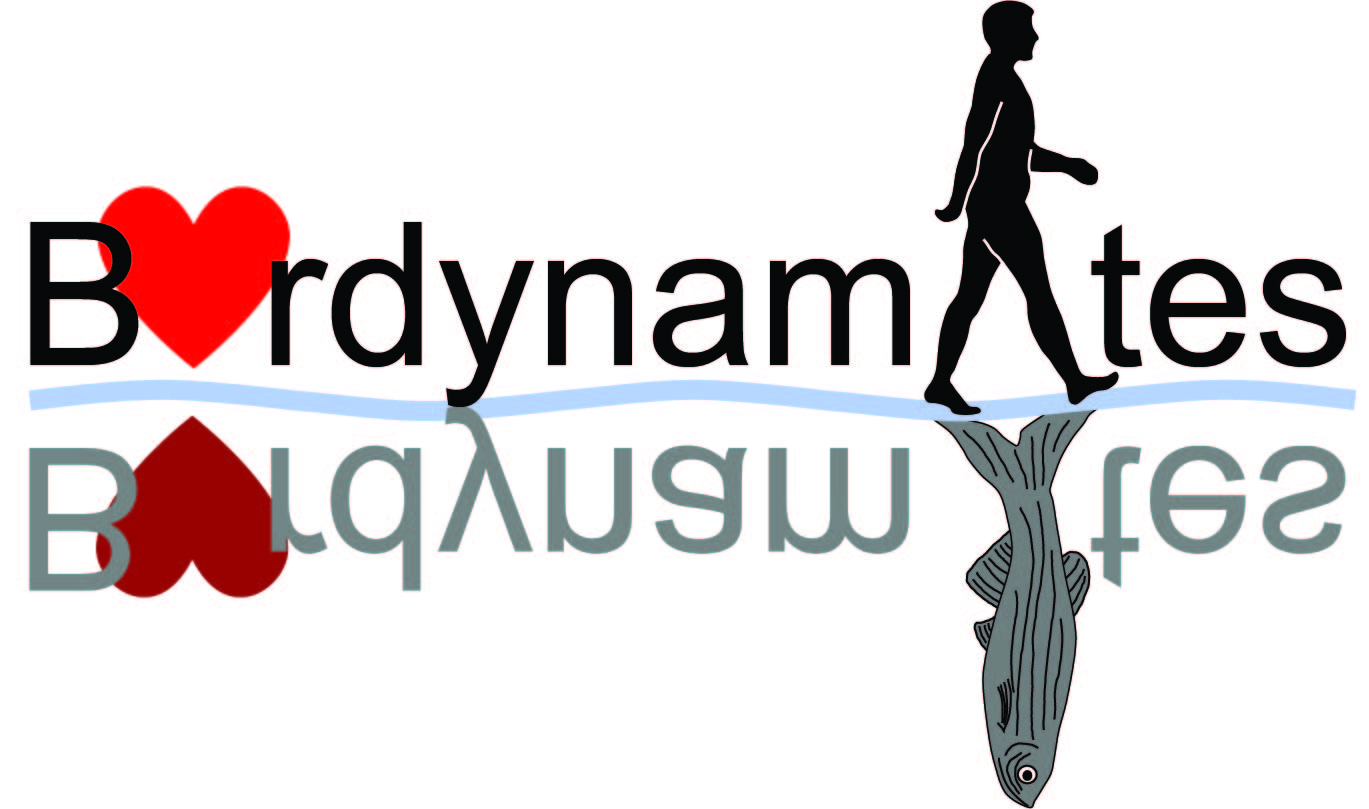Direct and indirect roles for Nodal signaling in two axis conversions during asymmetric morphogenesis of the zebrafish heart.
Publication Year
2008
Type
Journal Article
Abstract
The Nodal signaling pathway plays a conserved role in determining left-sided identity in vertebrates with this early left-right (L/R) patterning influencing the asymmetric development and placement of visceral organs. We have studied the role of Nodal signaling in asymmetric cardiac morphogenesis in zebrafish and describe two distinct rotations occurring within the heart. The first is driven by an asymmetric migration of myocardial cells during cardiac jogging, resulting in the conversion of the L/R axis to the dorsal-ventral (D/V) axis of the linear heart. This first rotation is directly influenced by the laterality of asymmetric gene expression. The second rotation occurs before cardiac looping and positions the original left cells exposed to Nodal signaling back to the left of the wild-type (WT) heart by 48 hours postfertilization (hpf). The direction of this second rotation is determined by the laterality of cardiac jogging and is not directly influenced by asymmetric gene expression. Finally, we have identified a role for Nodal signaling in biasing the location of the inner ventricular and outer atrial curvature formations. These results suggest that Nodal signaling directs asymmetric cardiac morphogenesis through establishing and subsequently reinforcing laterality information over the course of cardiac development.
Keywords
Journal
Proc Natl Acad Sci U S A
Volume
105
Issue
37
Pages
13924-9
Date Published
09/2008
ISSN Number
1091-6490
Alternate Journal
Proc. Natl. Acad. Sci. U.S.A.
PMID
18784369

